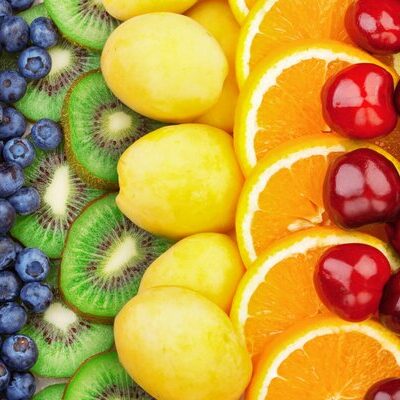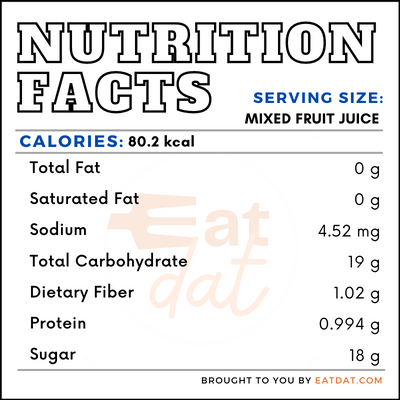
Fruits
What are Fruits?
Fruits are nutritionally rich foods that come in many forms and may be mostly consumed raw. They may or may not have seeds that are edible. Some botanically classified fruits such as tomato, avocado, lemons, and nuts are not considered fruits in general language usage. These foods are generally sweet, though some may be sour such as gooseberries or limes.
- These are all generally consumed raw but may also be used in desserts, baked goods, or added to food.
- Also, fruit salads are a common dessert item in many cultures.
Some of the most popular varieties are:
- Banana
- Watermelon
- Apple
- Orange
- Grapes
- Mango
- Guava
- Pineapple
- Peach
- Pear
- Papaya
- Plum
- Dates
- Strawberry
Origin of fruits
Bananas may be the first fruit to have grown on earth more than 10,000 years ago. However, berries of ancient origin that are now extinct, may have predated the edible fruits of today. Recent research has uncovered that the first cultivated fruit after the development of agriculture might be the fig.
Nutrition
Nutritional profile for mixed fruit in juice (1 container):

Different fruits provide different nutrition. In general, fruits are rich in vitamins and minerals and provide a considerable amount of dietary fiber. Also, they have phytochemicals that function as antioxidants, phytoestrogens, and anti-inflammatory agents.
Regular consumption of these foods may reduce the risk of diseases such as cardiovascular diseases, diabetes, obesity, colorectal and lung cancers, seborrheic dermatitis, irritable bowel syndrome, etc. Additionally, they help in reducing the symptoms of depression, asthma, chronic obstructive pulmonary disease, and increases the chances of healthy aging. Also, they are helpful in reducing the severity of autism spectrum disorders.
Commercial production
Different crops require different production and growing methods. The largest producer of fresh fruit in the world is China, followed by India, Brazil, Turkey, Mexico, Indonesia, the USA, Spain, Italy, and the Philippines.
Not to mention, canned varieties are available in the market, as well. For the canning process, the fruits are first selected and sorted, cleaned, pitted, peeled, and cut. Then, the cut pieces are blanched in hot water, softening them. Sugar syrup is made separately and the blanched fruits are added to them and canned immediately. The canning process involves vacuuming the cans to remove air and sealing the lids tight. The cans with the fruits are finally sterilized by heating them and then cooling.
Most fruits can be stored for a few days in the refrigerator. Small fruits can be stored in plastic bags with holes to breathe.
Fruits recipes
These are often consumed raw but are also used in a variety of desserts because of its sweet taste. Here are a few recipes.
- Fruit Custard
- Summer Fruit Salad
- Fruit Mousse
- Banana Pudding
- Plum Cake
- Watermelon Juice
- Mango Mochi
- Pastelitos de Guayaba
- Papaya Halwa
FDA regulations
Most fresh fruits fall under the category of raw agricultural commodity.
References
John Noble Wilford, Figs Believed to Be First Cultivated Fruit, The New York Times, https://www.nytimes.com/2006/06/01/science/01cnd-fig.html
Helen Briggs, Fossil fruit from 52 million years ago revealed, BBC, https://www.bbc.com/news/science-environment-38511034
Slavin, Joanne L, and Beate Lloyd. “Health benefits of fruits and vegetables.” Advances in nutrition (Bethesda, Md.) vol. 3,4 506-16. 1 Jul. 2012, doi:10.3945/an.112.002154, https://www.ncbi.nlm.nih.gov/pmc/articles/PMC3649719/
Dreher, Mark L. “Whole Fruits and Fruit Fiber Emerging Health Effects.” Nutrients vol. 10,12 1833. 28 Nov. 2018, doi:10.3390/nu10121833, https://www.ncbi.nlm.nih.gov/pmc/articles/PMC6315720/
